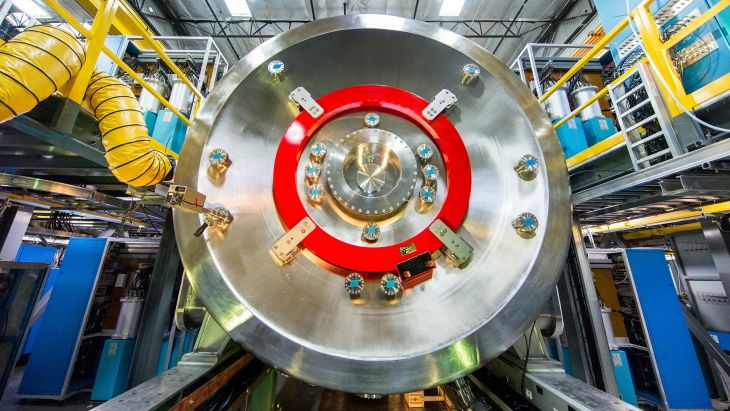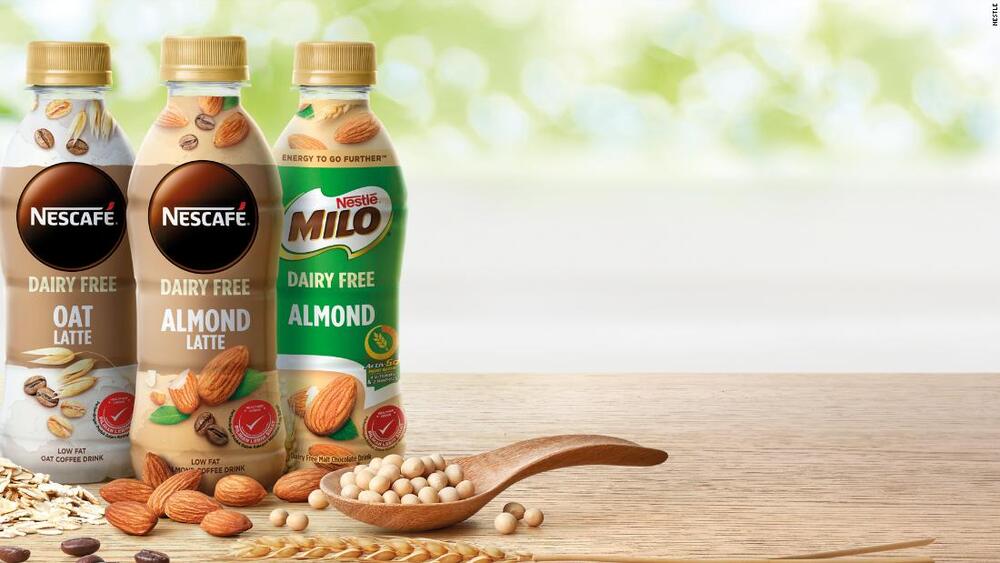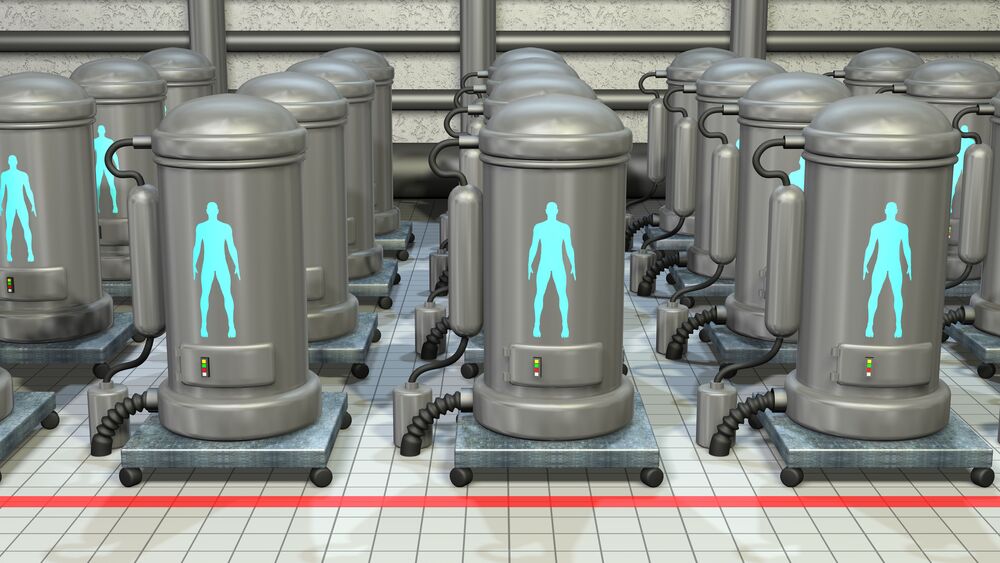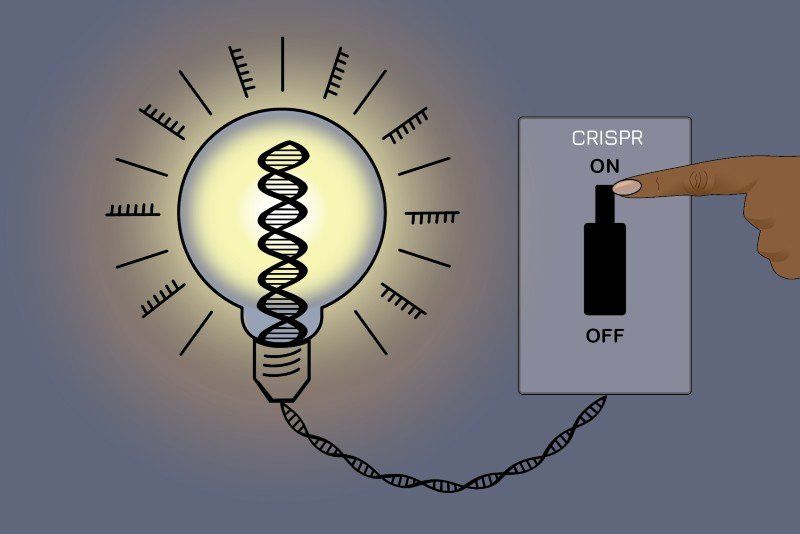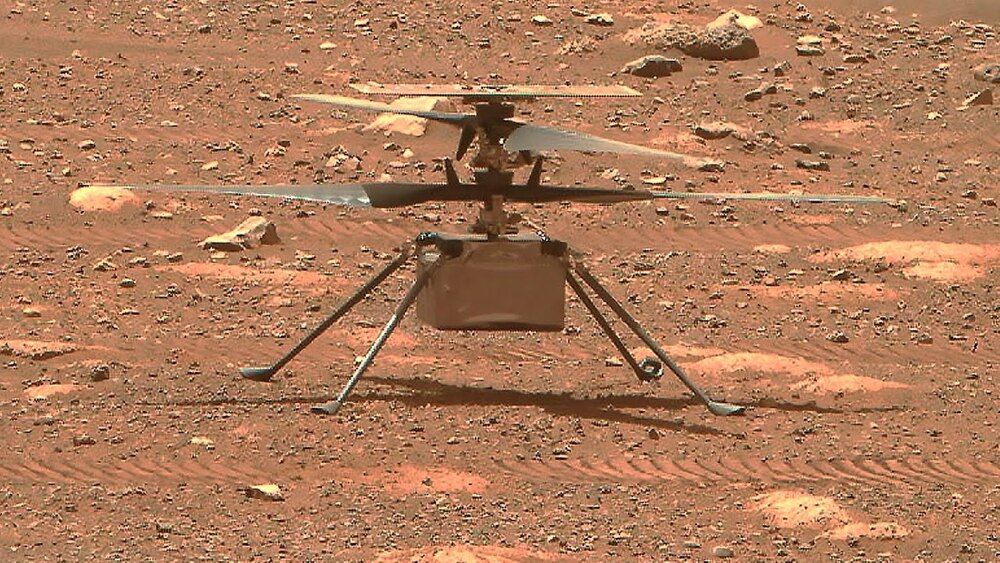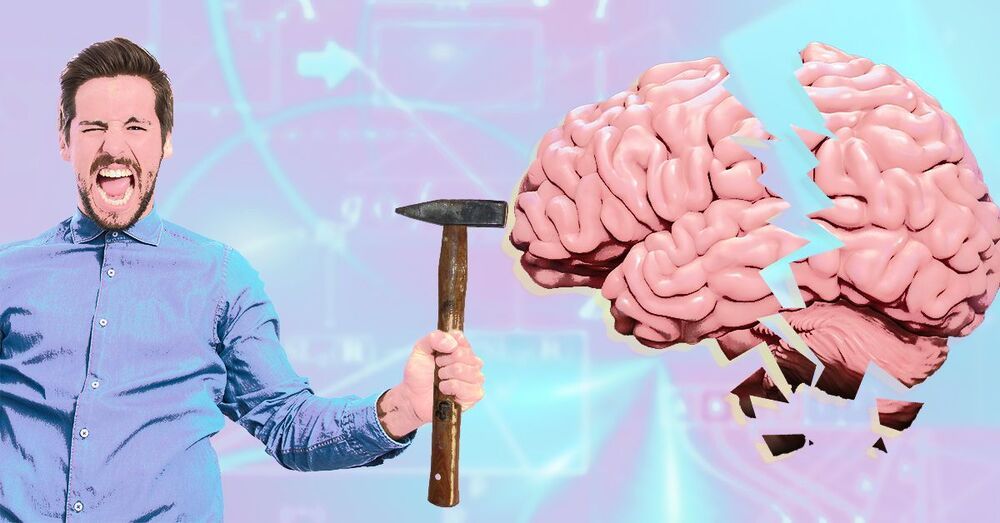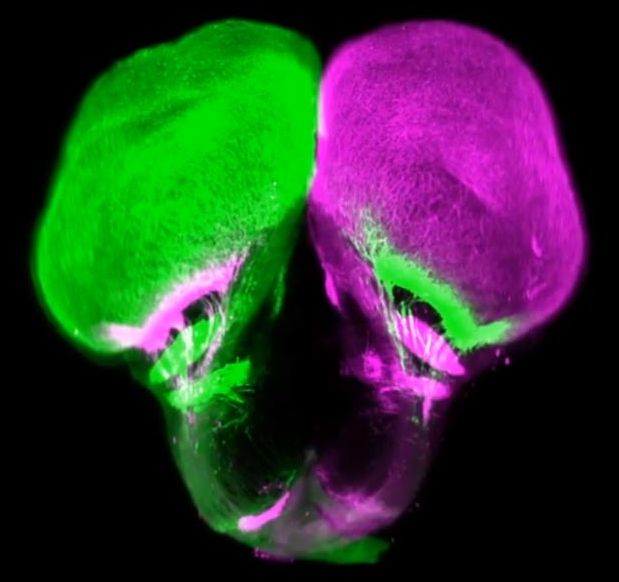Apr 9, 2021
Experimental oral pills auto-release insulin when glucose levels are high
Posted by Jason Blain in category: biotech/medical
Daily injections of insulin are a hassle for the hundreds of millions of people with diabetes. An oral pill would be much easier to swallow (pun intended), and now researchers from New York University Abu Dhabi have developed a new method for packing insulin into capsules that can survive the trip through the stomach to the bloodstream, and only release their payload when it’s needed.
Diabetes is characterized by inconsistent levels of insulin, a hormone that regulates glucose levels in the blood. Normally the condition is managed with regular subcutaneous injections, but they can be difficult for patients to self-administer, and the unpleasantness may make some people skip doses.
In an ideal world, managing diabetes would be as simple as popping a pill, but unfortunately developing that kind of system has been tricky. Insulin is a fragile molecule that’s quickly broken down in the stomach before it can work its magic. Much of the challenge for scientists then is to find ways to package insulin so it survives long enough to permeate the intestinal wall to get into the bloodstream.


